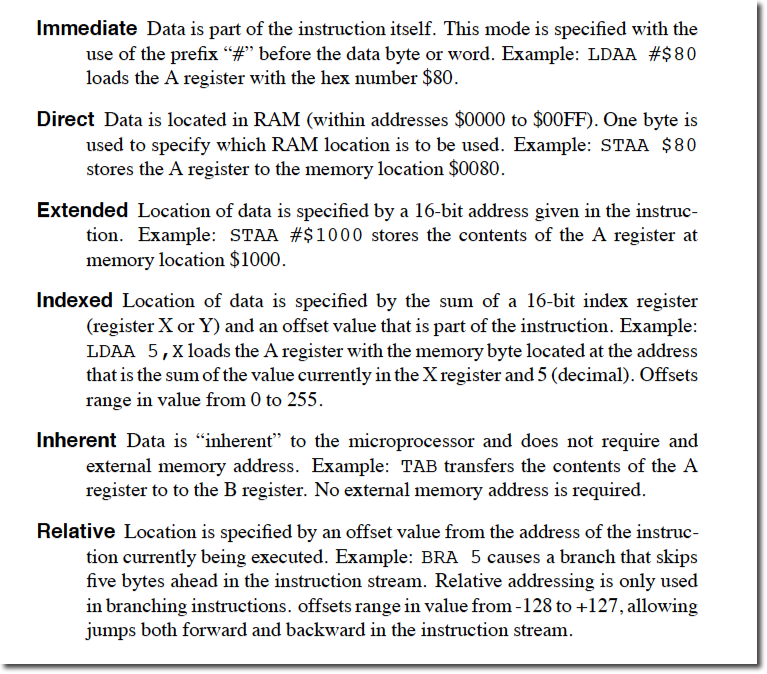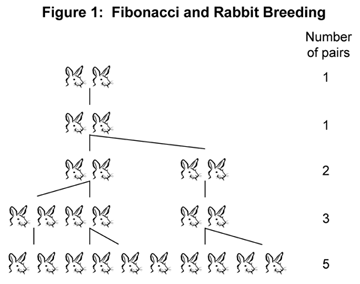Difference between revisions of "CSC270 Exercises on Assembly Language"
(→Exercise 7) |
(→Exercise 7) |
||
| Line 90: | Line 90: | ||
</source> | </source> | ||
<br /> | <br /> | ||
| + | =Exercise 8= | ||
| + | * Disassemble the program below. Its starting address is 011B: | ||
| + | |||
| + | 011B 86 | ||
| + | 011C 01 F6 00 | ||
| + | 011F 1B | ||
| + | 0120 1B 97 1B 7E | ||
| + | 0124 01 | ||
| + | 0125 1B | ||
| + | |||
| + | |||
<br /> | <br /> | ||
<br /> | <br /> | ||
Revision as of 08:35, 2 April 2012
--D. Thiebaut 16:20, 27 March 2012 (EDT)
Contents
Learning Assembly Through Exercises
Exercise 1
- Write a program that uses 3 byte variables, a, b, and c. The variable are initialized before the program starts with the values 2, 5, and 0, respectively.
- The program will add up the contents of the variable a to that of b and store the result into c. Only c will change.
Exercise 2
- Assemble the program of Exercise 1
- How many bytes does it contain?
- How fast will it go from beginning to end, assuming each 6811 cycle is 1 µsecond?
Exercise 3
- Same as Exercise 1, but for the Pentium.
- Assuming that the Pentium runs at a clock speed of 3 GHz, how many times could the program run on the Pentium while the same program run on the 1MHz 6811?
Exercise 4
- We want to compute Y = a + b - c + 3, where Y, a, b, and c are byte variables.
- Write the program that performs this operation.
- Assemble the program
- Count the total number of cycles it will take to run, and the total number of bytes it will use up in RAM.
Exercise 5
- Write a program that computes the first 5 terms of the fibonacci sequence, assuming that your program starts with 5 variables that all zero.
- Assemble it.
- How many cycles?
- How many bytes?
Pause
- Let's learn about direct addressing mode
- The excerpt below is taken from Introduction to 6811 Programming by Fred G. Martin.

Exercise 6
- Back to Exercise 4. Go through each instruction and identify the different addressing modes you used for each instruction.
Exercise 7
- Analyze the program below and make it shorter and/or faster. Your program should compute the same result as the original program.
org 0
jmp start
a db 0
b db 0
c db 0
start: ldaa a
inca
staa a
ldaa b
inca
inca
staa b
ldaa c
inca
inca
inca
staa c
jmp start
Exercise 8
- Disassemble the program below. Its starting address is 011B:
011B 86 011C 01 F6 00 011F 1B 0120 1B 97 1B 7E 0124 01 0125 1B
